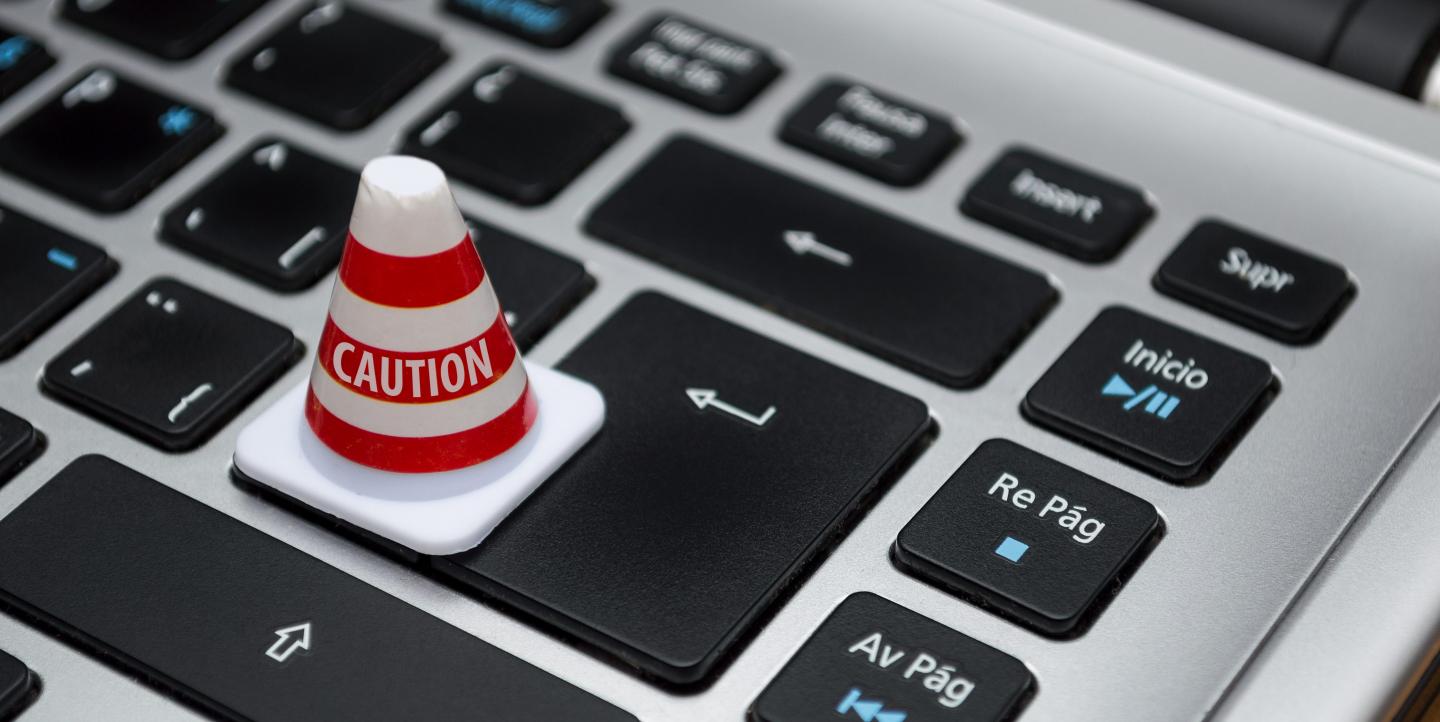A decade ago, TrollBusters’ founder Michelle Ferrier faced an agonizing decision.
For two years, the journalist had been plagued by letters laced with threats and racial slurs. As the messages became more venomous, Ferrier chose to quit her job as a newspaper columnist in Florida and relocated her family to another state.
Back then, her tormentor used the U.S. postal service to deliver letters full of poisonous diatribes. Although the methods have changed, harassment continues to be a problem for women journalists. Today online trolls are the culprits behind the “progression of hate,” as Ferrier describes it.
According to the Committee to Protect Journalists (CPJ), cyber harassment is a growing menace for those who work in the news business. Cyber-attacks come via Twitter and other social media “in nearly every country where internet is widespread.”
“If you have a voice and a platform, you are a target. It’s the new hunting ground,” said Ferrier, who was inspired by her own traumatic experience to take action.
In January 2015, the Ohio University journalism professor founded TrollBusters, a self-described rescue service for women journalists who experience cyber harassment. She worked with an international team of women to help develop tools and services for targeted interventions when trolls strike.
The website offers a wide range of tools, including a social media monitoring system, digital hygiene course and infographics that define various threat scenarios. Ferrier explained how TrollBusters’ virtual S.O.S. team works.
“When a target [of online harassment] contacts us, we get their consent to operate within their stream and put out what we call a warning shot. That lets the troll know we are monitoring the situation. Next, we create a hedge of protection around the target, sending positive messages into their stream to bolster them emotionally and show support. It’s important for them to know they are not alone,” she said.
Last year, TrollBusters provided training in digital safety to more than 300 journalists, 80 percent of them women, and monitored more than 150 media professionals to help stop online abuse. Their digital hygiene course and infographics were downloaded more than 3,000 times.
Ferrier says attacks against journalists tend to differ from those the general public experiences. They are anonymous, highly coordinated and generally involve more than one person. They surface quickly and are more sustained over time. She noted that “smart mobs” also target media.
A New York Times story describes a smart mob as a “self-organizing group of people who operate like swarm of bees or flock of pigeons.” They use cellphones and instant communication “to behave in same way as hive-style animals,” forming a collective response to a situation. Smart mobs can have powerful effects, according to the Times.
TrollBusters promotes a proactive stance. The website states, “When you spot online threats, cyber harassment or other troll behavior against women writers, send an S.O.S. and we will be the first responders online, sending you, or whoever is under attack, positive messages, virtual hugs or reputation repair services.”
Once a trolling target seeks help, TrollBusters “scans Twitter, Facebook and other social channels looking for mentions of you. When we detect a threat, we provide you with resources and messaging that diminish the effect of online abuse and help you stay online.”
Signaling for help involves filling out a short, secure form to begin the monitoring and support process.
The digital hygiene course is focused on preventing harassment before it even begins. Below is a sample of the course’s content. Each tip is linked to a lesson that provides additional information and resources:
Use an “anonymous” cloak or virtual private network (VPN) to stay invisible
Set up two-step verification to your accounts to provide an extra layer of security
Create strong passwords and use a password manager to create passphrases
Don’t use information that is readily available about you for security questions
Surf the web using HTTPS Everywhere, a free and open source browser
Be selective when inviting third-party applications to use your data
Use full disk encryption on your computer and on your phone
For Ferrier, creating TrollBusters has been cathartic, a way of striking back at unseen evil.
She began receiving hate mail while she was the first female African-American columnist at the Daytona Beach News-Journal. The letters continued to arrive throughout 2005 – 2007. As the fear for herself and her family grew, she installed a security system in her home, took to wearing disguises in public and learned to shoot a gun.
Finally, she told her editor, “I can’t live like this anymore,” and resigned. Ferrier later learned the threats came from a white supremacist.
In October 2017, the International Women’s Media Foundation (IWMF) received a grant to conduct research on online harassment of women journalists. Ferrier, who holds a Ph.D. from the University of Central Florida, is the principal investigator on the project.
“We are regularly hearing anecdotes and testimonials of American women journalists experiencing a surge in online harassment. The data collected through this study will enable us to truly understand the size and scope of the problem,” said Elisa Munoz, IWMF’s executive director.
“We view this as a real threat to freedom of expression and to the safety of journalists. While this particular study is focused on U.S. media, we hope to replicate this effort globally.”
Main image CC-licensed by Pexels via Fernando Arcos.


